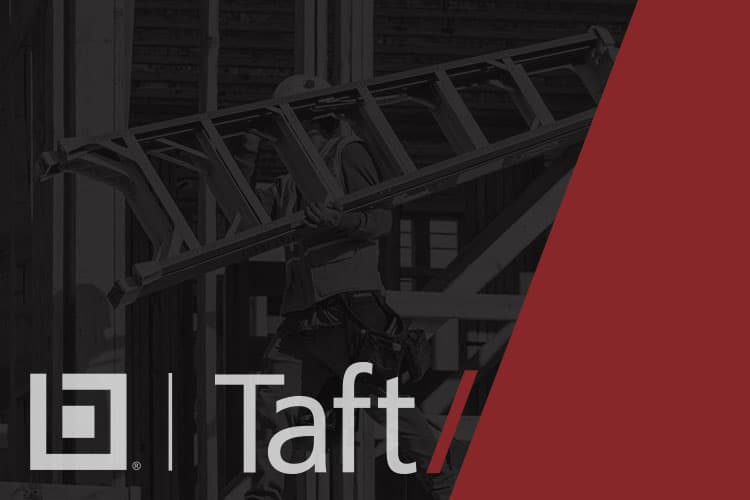Yogi Berra once said, “If you don’t know where you’re going, you’ll end up someplace else.” This is particularly true in building design, because if what you’re designing isn’t perfectly communicated to builders, then you might find yourself at the right address but the wrong building. And, once construction begins, revisions cost much more money than communicating the design to begin with.
Starting with CAD/AutoCAD, and into contemporary BIM 2D/3D platforms and VR, the methods of collaborating over blueprints are increasingly detailed and accessible. These technical methods are changing project planning and cost management, but there are competing solutions with their own advantages and disadvantages, and contractual challenges to getting designers, owners and builders together on a single PDF platform or digital environment. These challenges led Gautam Shenoy, a BIM-VDC director at Steinberg Hart, to develop a comprehensive breakdown of the project delivery options and their respective steps, which he turned into his presentation “Improving Project Coordination: Leveraging PDFs for 2D/ 3D Data.” Shenoy’s presentation was originally inspired by his accreditation studies at the Design-Build Institute of America (DBIA) and was featured at the Bluebeam Extreme Conference last August in Austin, Texas.
Shenoy’s thesis is simple; designers, owners and builders should discuss the project delivery options, and from that discussion select the formats for data content and the platforms they’ll use for the data. Shenoy and all the designers at Steinberg Hart use Bluebeam Revu and Bluebeam Studio, but it’s less important that designers and builders use any particular PDF-sharing platform than it is that they use the same PDF platform for the fastest, safest sharing of information. As an example of this, Shenoy and designers at Steinberg Hart used Bluebeam Revu and Studio with Suffolk Construction on the San Jose Miro Towers, where collaborating in the Studio environment was key to project success.
The PDF kickoff that Shenoy suggests tracks the deliverables from various design platforms via Revu (Design) into coordination, 3D, then into Studio (Integration) for sketches, progress, design and construction documents, and finally punchlists. Each step has a clear beginning and end, and each step builds on the previous effort. The integration steps are most important, in which the PDFs created by designers are shared and adjusted with owners and builders, and builders in turn share with their subcontractors as appropriate. The main idea, Shenoy told us, is to track where PDF communication starts and where should it peak, with regard to the individual players and their roles in the design and build. Typically, that peak is in the PDFs for Studio, where all parties are reviewing the designs, finalizing schedules and budgets, and preparing subcontractors.
File format clarity, interoperability and document management are all increasingly important as digital files can be quickly duplicated, altered and shared. Shenoy lays out a simple guide for PDF communication, depending on the delivery methods and relationships set out by the project contracts. For example, a traditional design-bid-build model with a lump sum contract simply has fewer communication points between designers and builders, and so, there’s fewer points of PDF integration between parties. It might seem like a low bid RFP by owners will result in the most cost-effective design-build, but this also limits the opportunity for collaboration between designers and builders, which can result in novel and unexpected efficiencies in building costs. On the other hand, a design-build project delivery offers an extended collaboration period between designers, builders and owners, but this requires more careful planning and integration to make the digital collaboration successful. The method of project delivery should inform the application of PDFs or any digital files within a chosen platform, which will help ensure design criteria is met and detailed budgets and schedules are completed before building begins.
Since Adobe made PDF an open format code in 2008, it has become the standard file and the digital life blood of the AEC industries; the idea of quitting PDFs would be considered ridiculous, and more importantly expensive. Yet, companies aren’t necessarily squeezing the most value out of the ubiquitous file format if they’re simply using PDFs as a digital stand-in for the old model of sharing blueprints. PDFs aren’t traditional blueprints, and PDF-based platforms like Bluebeam Revu and Bluebeam Studio have features and capabilities that can save owners money and builders time. But, if you ask Shenoy, the future of building isn’t simply more digital or technical; it’s more integrated. Learn more from the Design-Build Institute of America at DBIA.org.














